NOVEMBER 1, 2022 : Today was to be a restful, slow day in contrast to the fast-paced days of the last week. We would stay in one place – Veria – and our list of what to see was not so long.
Veria is known to have a Jewish community as far back as the 1st century. The New Testament mentions the visit of Paul the Apostle to the Jews in Veria near the year 50 CE. Jews from Spain arrived here in the 15th century, after the expulsion, enlarging the community. By the early 1900’s, there were 800 Jews living in Veria. Among themselves they spoke Ladino. They were merchants, artisans and owners of vineyards and fields.
At the start of WWII, there were 850 Jews in Veria. In 1942, with the rumor of being sent to extermination camps, 144 Jews escaped to the mountains. In May 1943, the Germans arrested 680 Jews in the city and sent them to their death at the extermination camp of Auschwitz-Birkenau. The 111 Jews of Veria who survived the holocaust, moved to Thessaloniki and later emigrated to Israel. Today not a single Jew is left in Veria.
Our plan for the day was to stroll through the old Jewish Quarter, visit the synagogue and see what is left of the former Jewish cemetery.
To visit the synagogue, you need to make an appointment with Eva Meska. We called her and when she answered the phone, it did not sound good – she was obviously not feeling well. Although we had hoped to see the synagogue today, she thought it best to schedule for tomorrow. We rearranged our plans and decided we would see this afternoon what we were supposed to see tomorrow, and tomorrow morning see the synagogue that we were supposed to see today.
Although there are no Jews in Veria, the Jewish Quarter, known as Barbouta, is still standing and was renovated 25 years ago. We left the apartment for a stroll in the Jewish Quarter, and discovered that the entrance to the quarter is directly across the street from our apartment. After you walk through the tunneled entrance, you are in a courtyard – the end of a dead-end street. At the end of the courtyard is the synagogue.
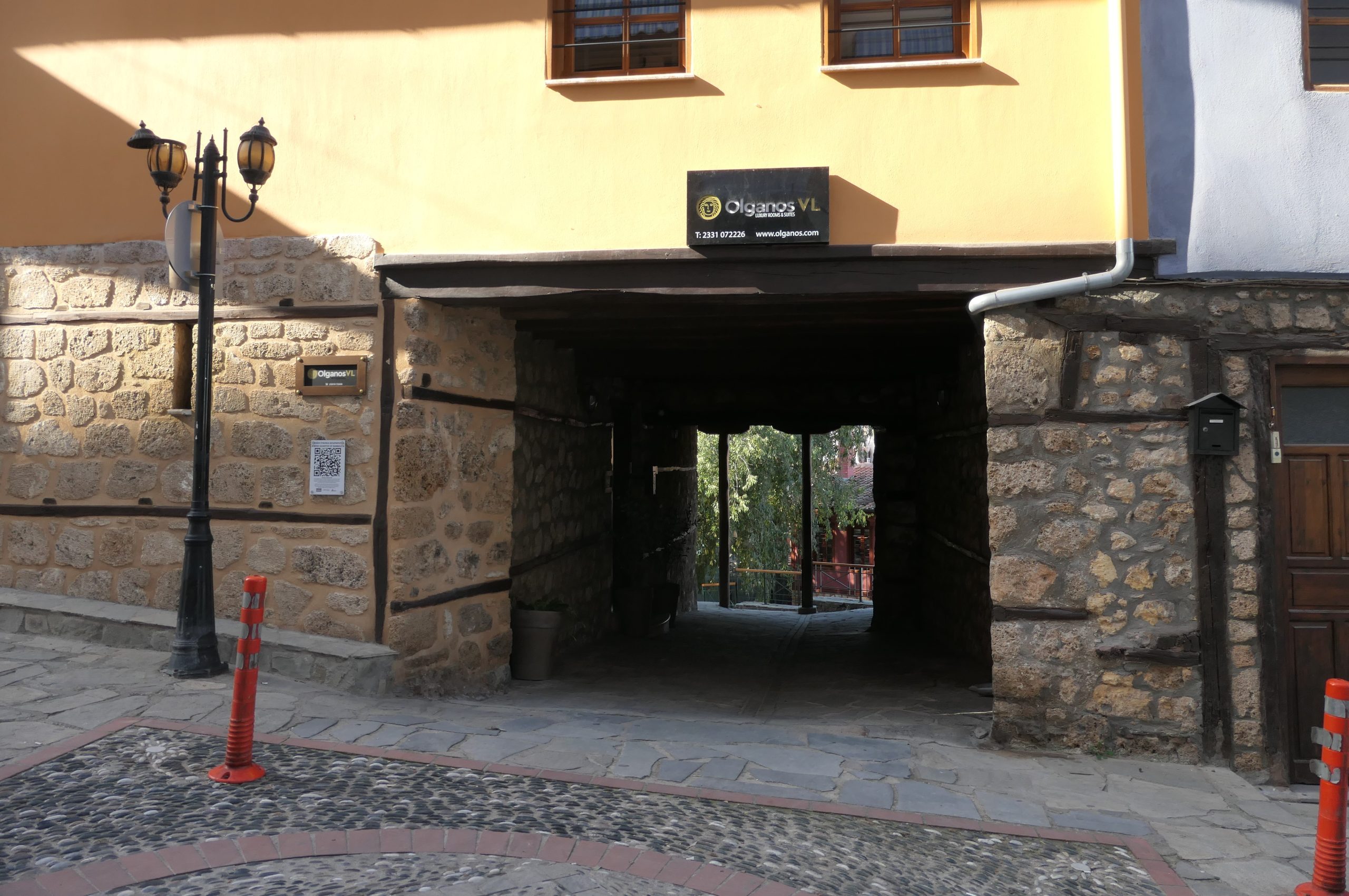
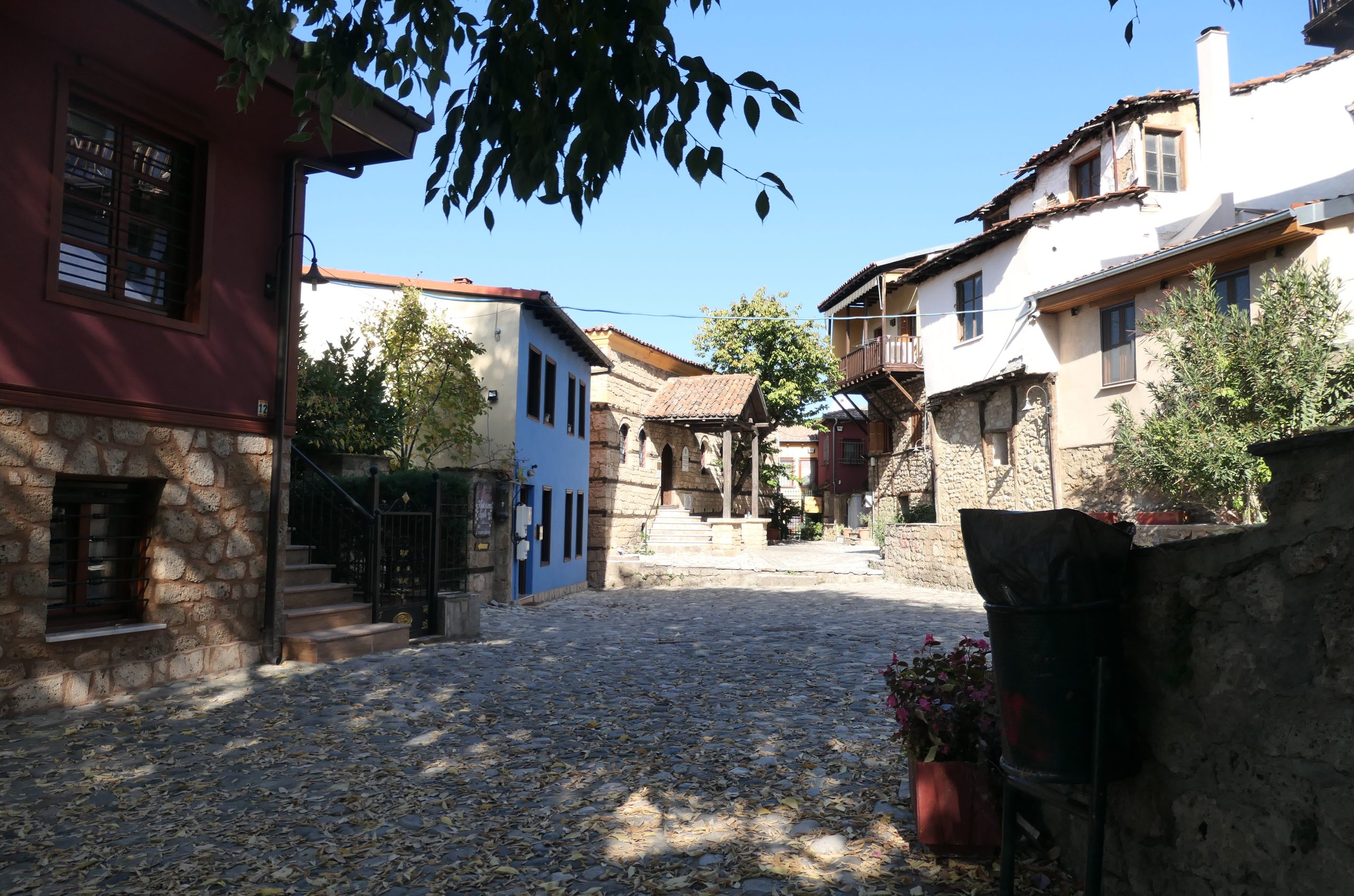

The synagogue was now closed, so we took a few photos and continued to our next destination – the site of the Veria Jewish cemetery.
As we passed other houses in the quarter, we noticed Hebrew inscriptions written on the walls. On the first house, thought to belong to the rabbi of the community, the inscription “If I forget thee, O Jerusalem, let my right hand forget its cunning!” is signed in the Jewish year 5619, equivalent to 1859.
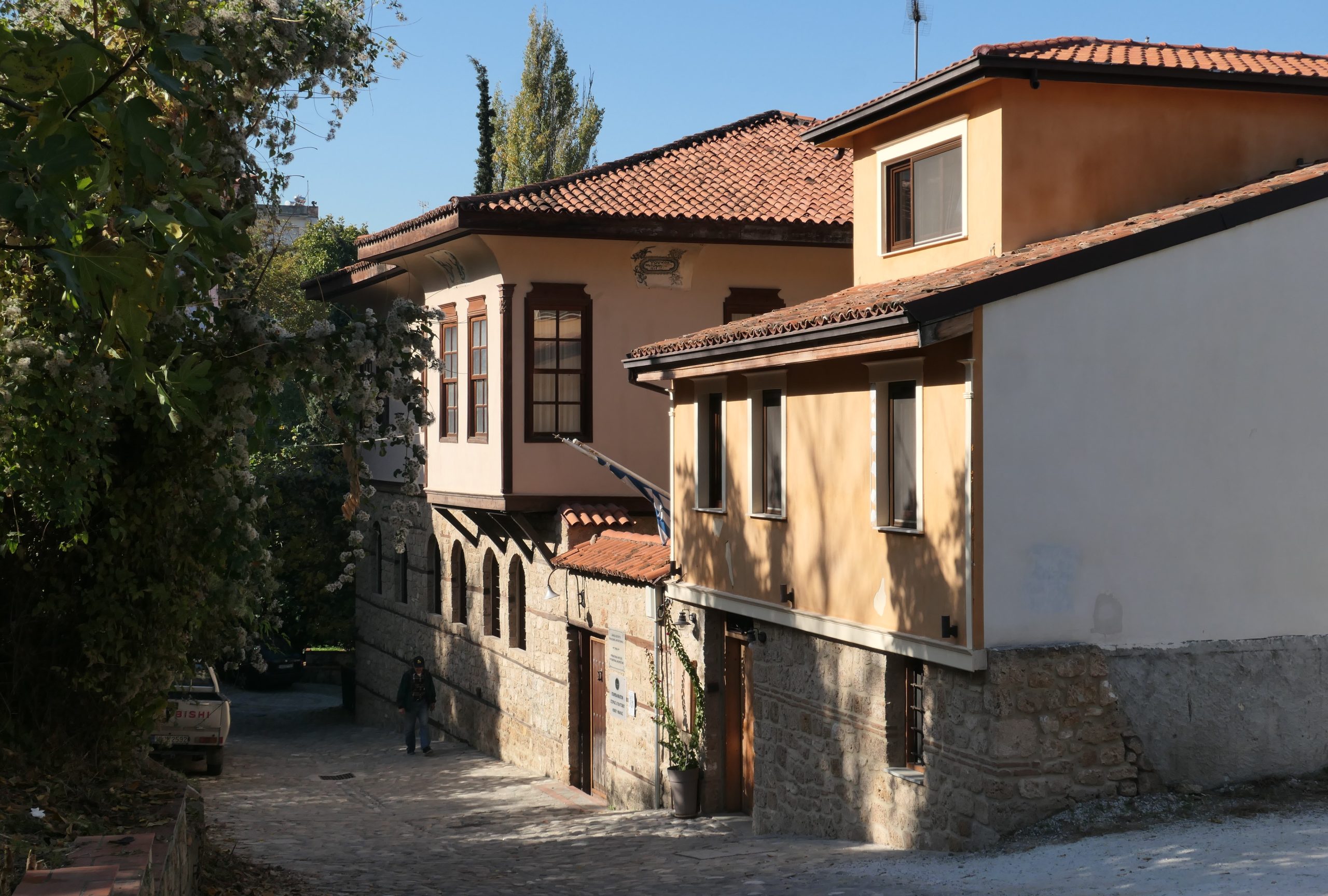
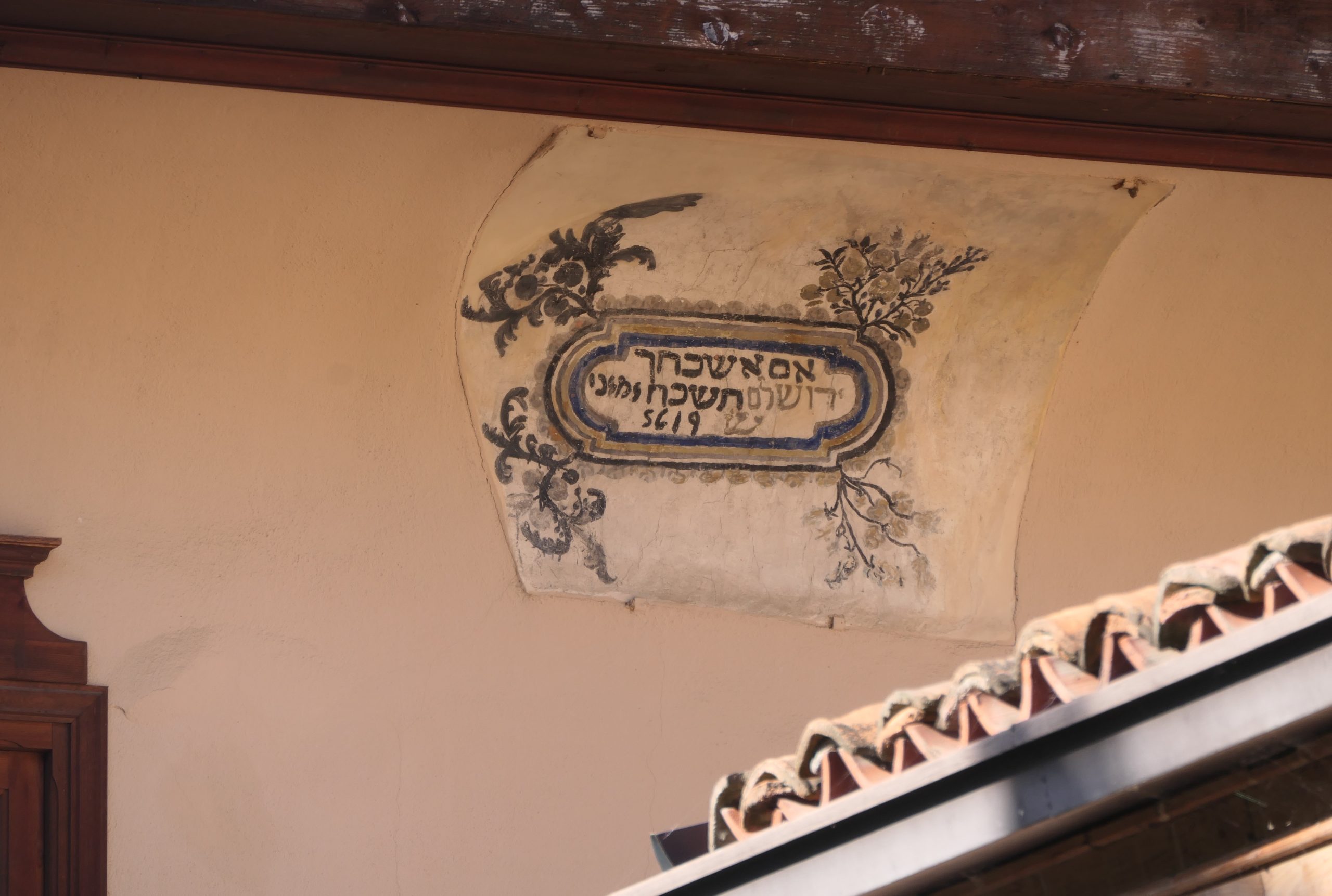
The second inscription, from 1882, remembers the destruction of the temple in Jerusalem. Pretty amazing.
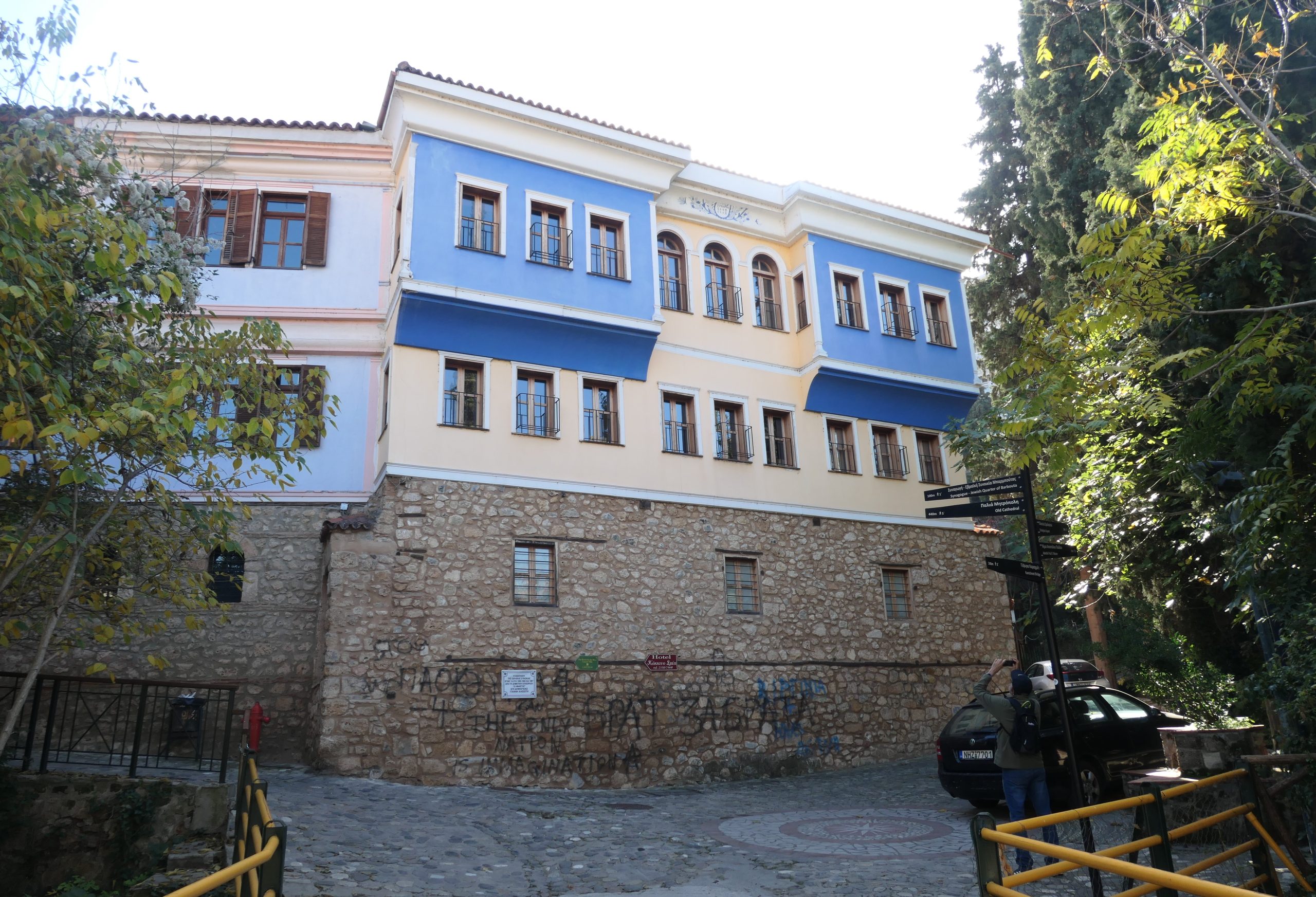
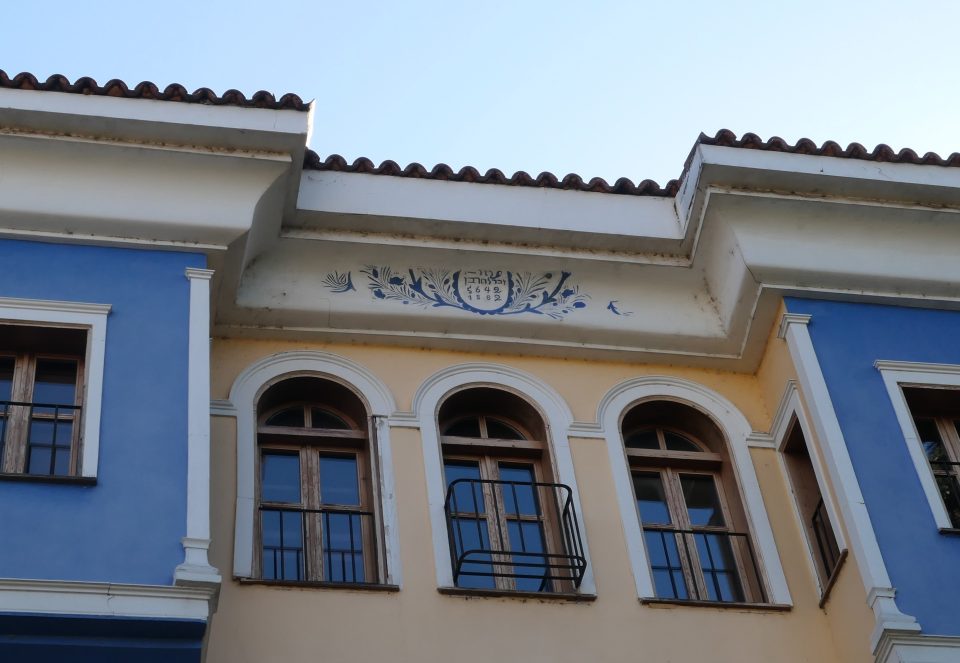
We continued to the cemetery. The Jewish Quarter sits on the banks of a small river, and the cemetery is across the river, about a kilometer uphill. On the original location of the cemetery is now a sports complex and a car park. In 1989, the municipality laid out dozens of preserved tombstones along the grassy slope on one side of the area.
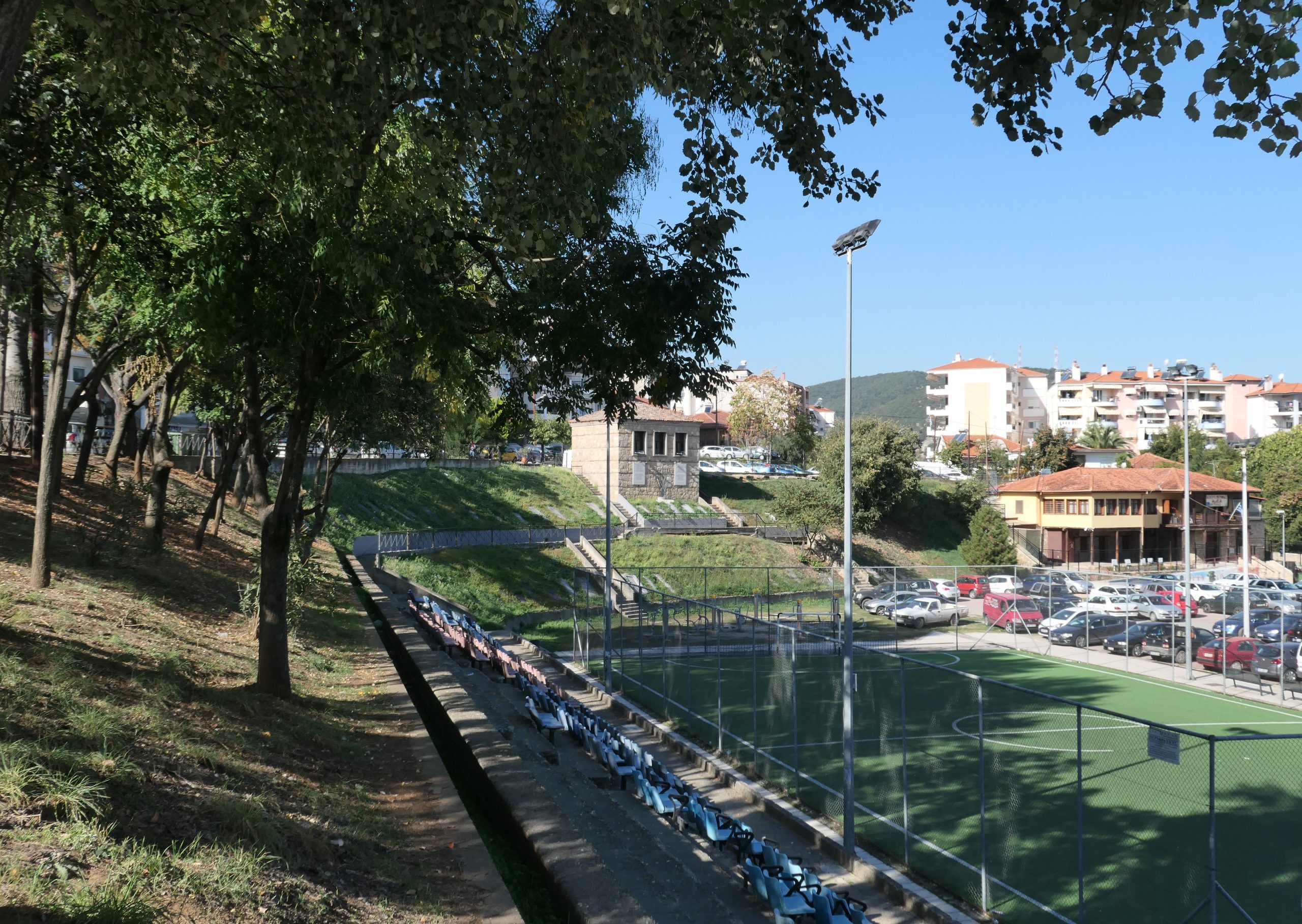
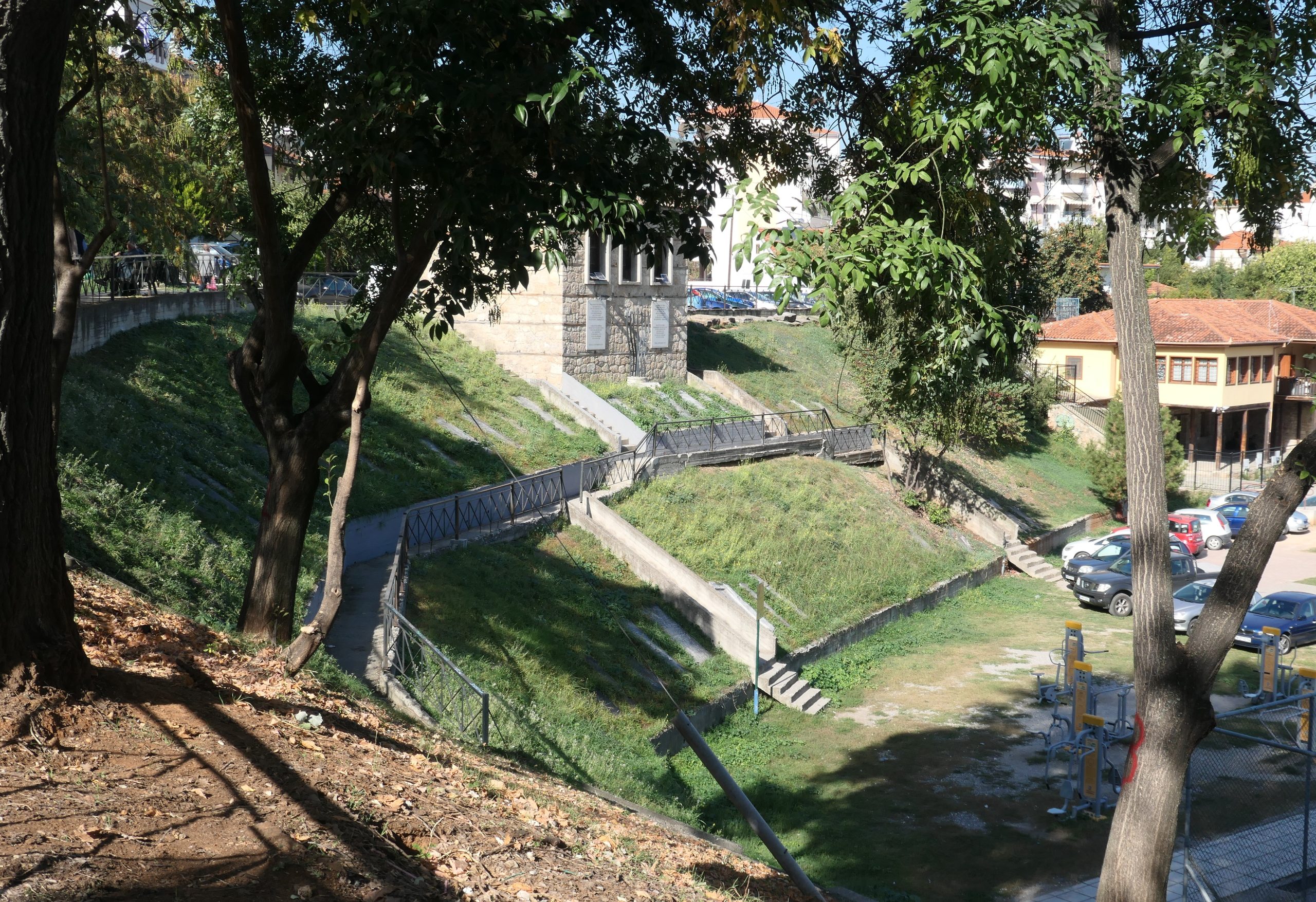
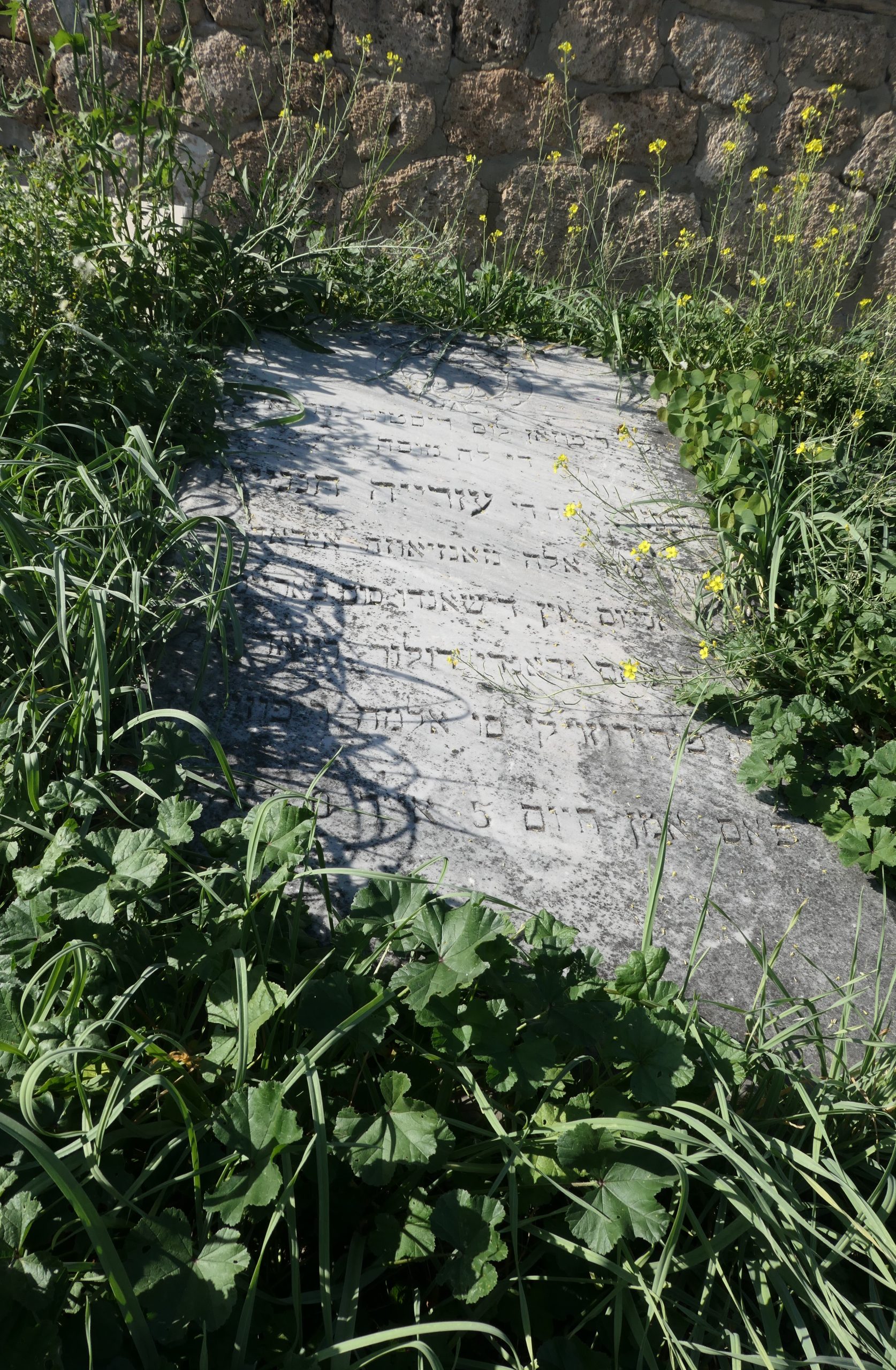
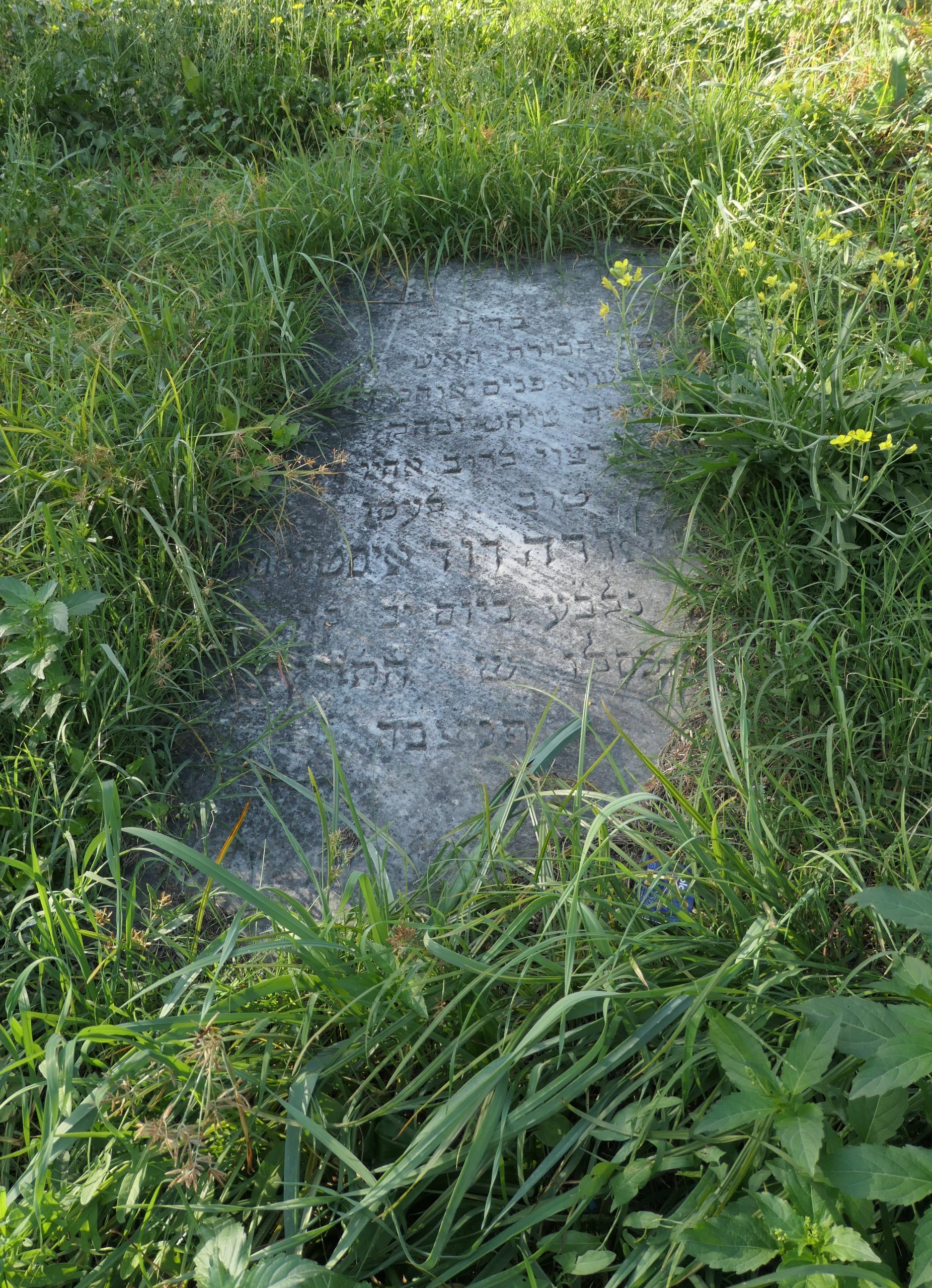
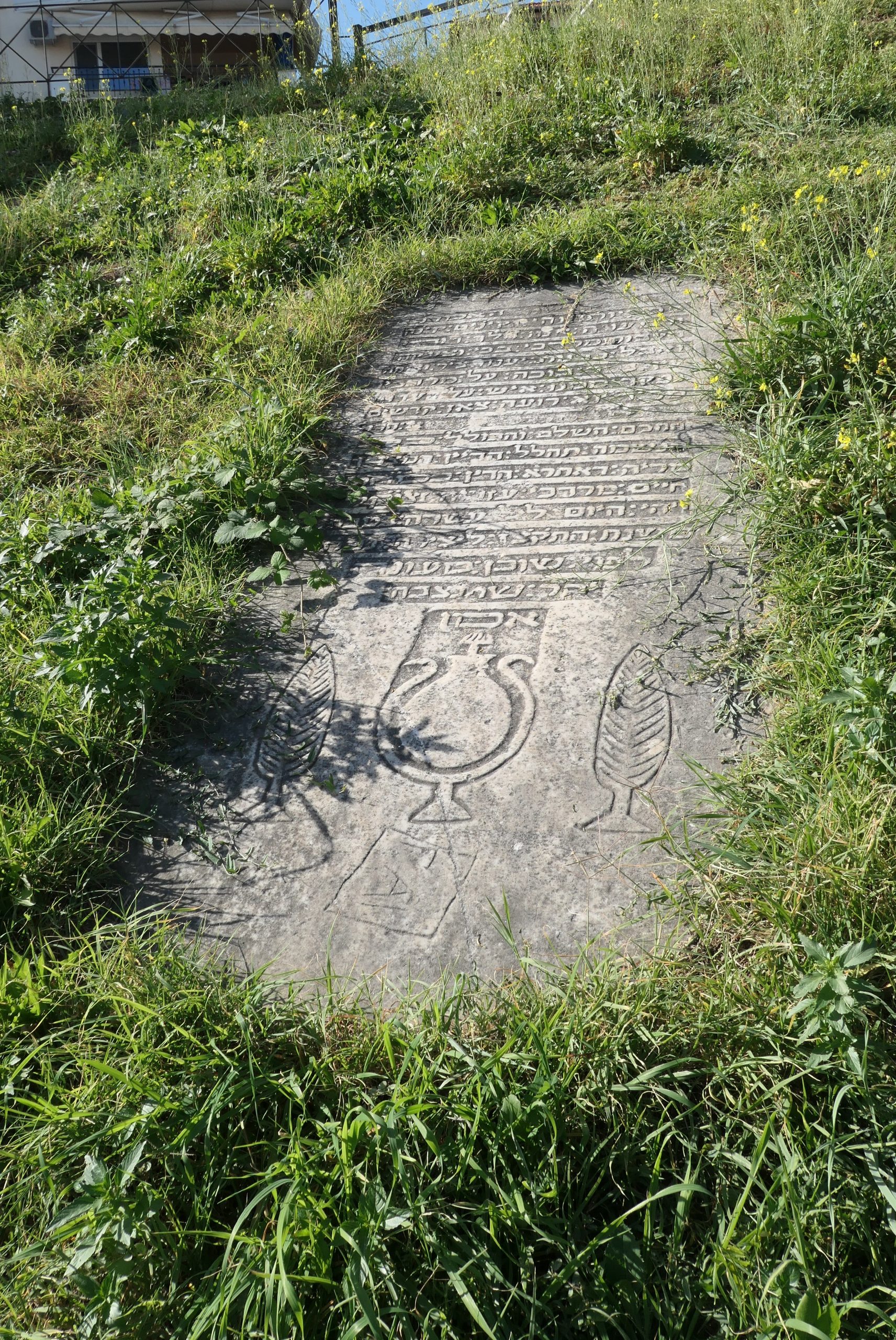
Recently, in September, 2019, a Holocaust memorial was added there, along the backside of the entrance building. The plaque reads “460 Jews of Veria were deported from their birthplace on 1st of May 1943 and exterminated by the Nazis in the death camps of Auschwitz-Birkenau. The city of Veria remembers the holocaust of the 6,000,000 Jews and dedicates this monument to the holy memory of the victims“
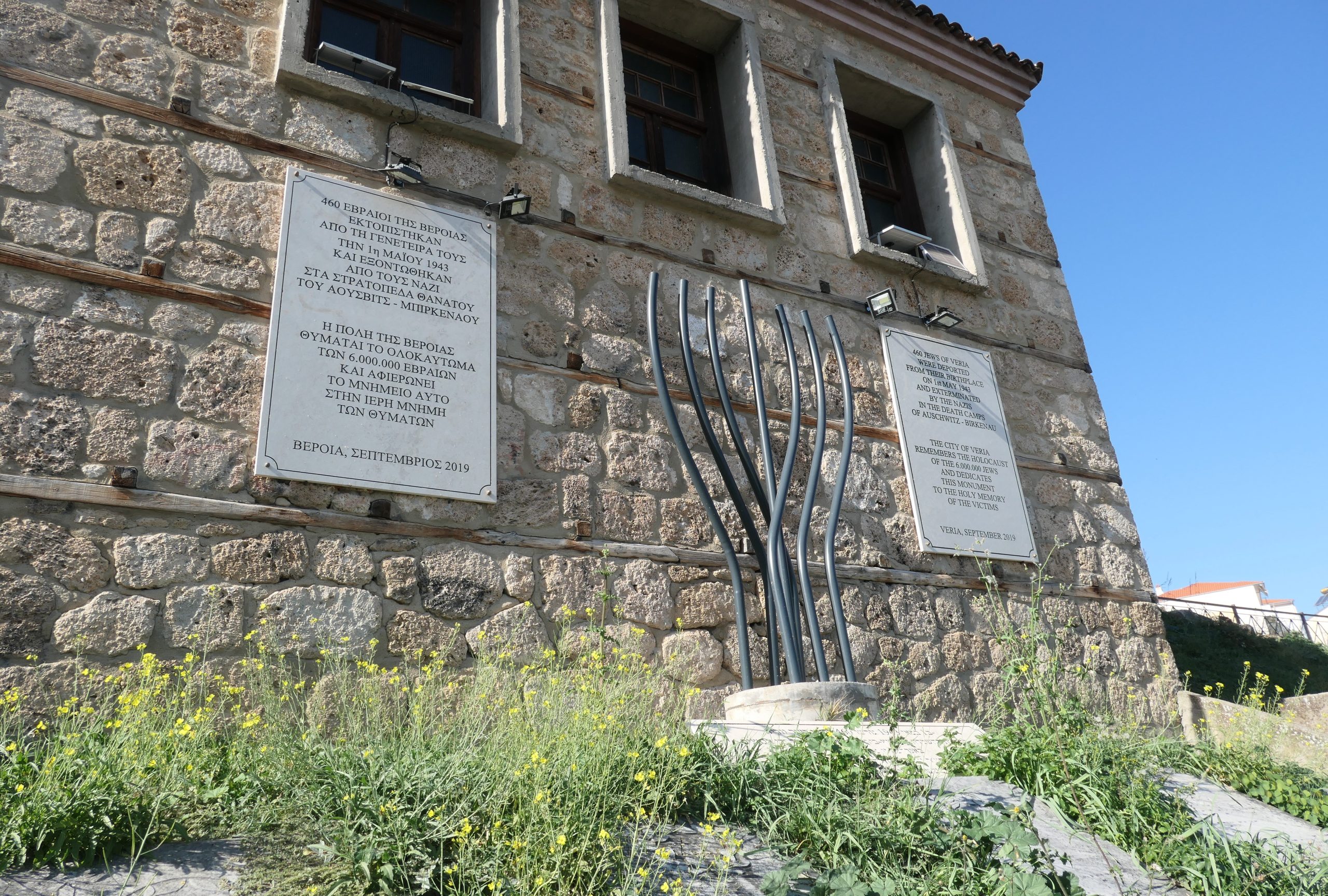
Among the Jewish tombstones, there is one Christian tombstone, decorated with a cross. I researched the name on the grave on the internet but did not find any information. Not sure why it is there.
While returning from the cemetery, we got a phone call from Eva saying she is feeling better and is opening the synagogue now. Hurray – we can stick to our original plans and see the synagogue today.
When we entered the synagogue, there were a dozen other people already there and Eva was telling the story of the Jewish community of Veria and the synagogue. The synagogue that we see today was built in 1850 (same time period as the writing on the rabbi’s house) and is the oldest in northern Greece and one of the oldest in Europe. This was the synagogue that on May 1st, 1943, the Jews of Veria who were captured by the Germans were herded into. Until today, it is unclear why the synagogue was not burnt, as was done in many other places. It was restored, along with the rest of the Jewish Quarter, in 1997.
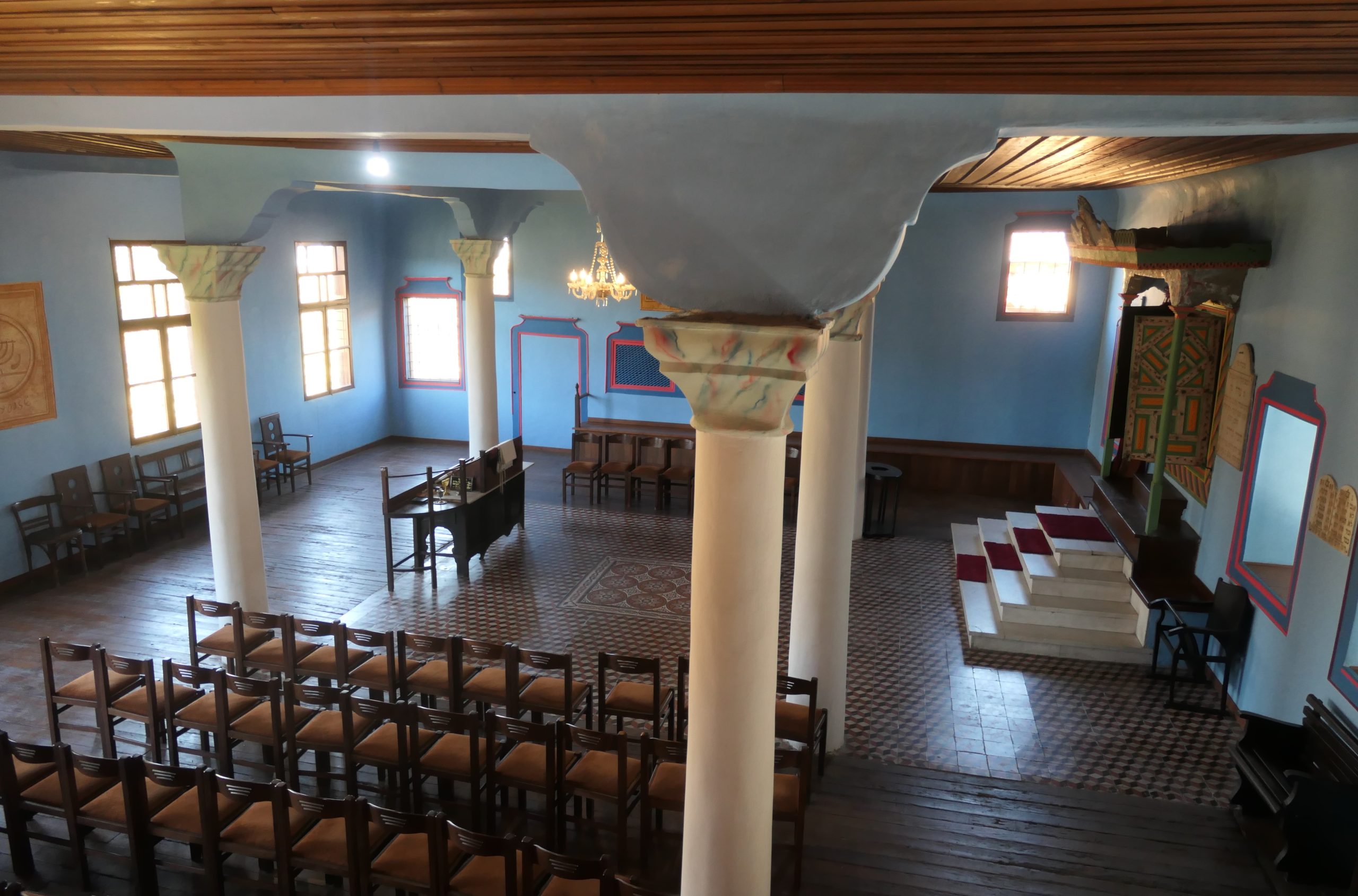

Eva’s personal story was also fascinating. Eva is a middle-aged, non-Jewish woman who several years ago worked for the municipality of Veria and was given the task to open the synagogue to visitors. At that time this did not happen often, but one day a group of holocaust survivors came to visit. Hearing their stories touched her heart, and she promised herself that her life’s work would be to memorialize the Jewish community that once lived in Veria. After funding for the synagogue ended, she was let go by the municipality, but continued to work for six years without pay, opening the synagogue and telling its story. She described this time as a very hard personal time, but a good time for the synagogue, in that more and more people came to visit. Two years ago, the Jewish Community of Thessaloniki, hired her to be the official caretaker of the synagogue. Her dream is to make the ancient mikva which is next to the synagogue and today inaccessible, a place to visit, and to have a building nearby for visitors displaying information about the Veria Jewish community, bathrooms (the synagogue has none) and kosher food available. She says that she feels blessed that this work has allowed her to earn her living in honor.
While strolling through the Jewish quarter, we searched for some Stolpersteine (Stumbling Stones) – tiles placed in sidewalks in remembrance of Jews killed in the Holocaust. We knew that some had been placed in Veria. We did not find any as we walked through the Jewish quarter, but literally stumbled upon one, on the street next to our apartment. The stumbling stone was in front of the house next door.
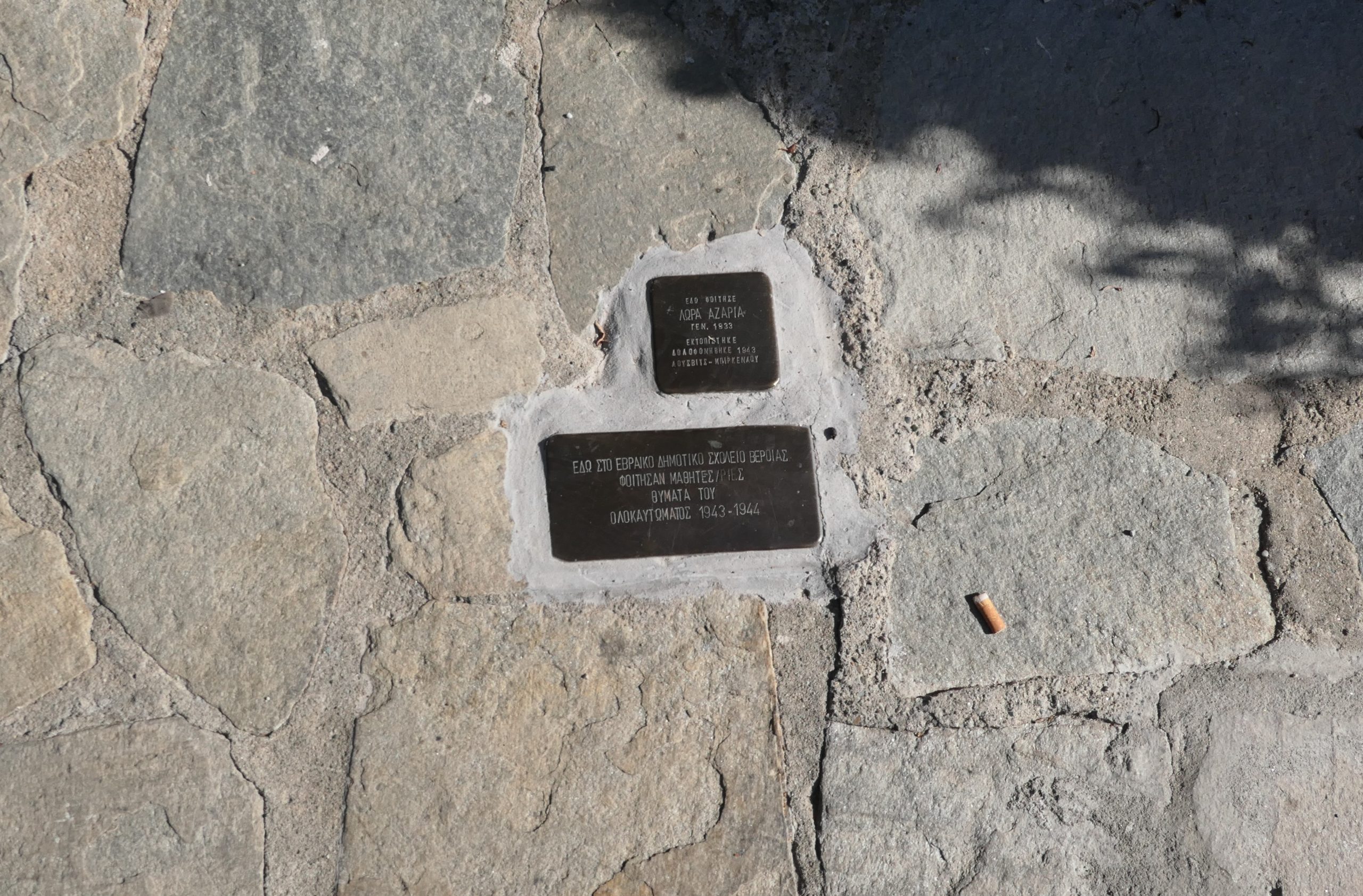
In the afternoon, we walked through the city to Elia square, a small square with coffee shops that overlooks the valley below.
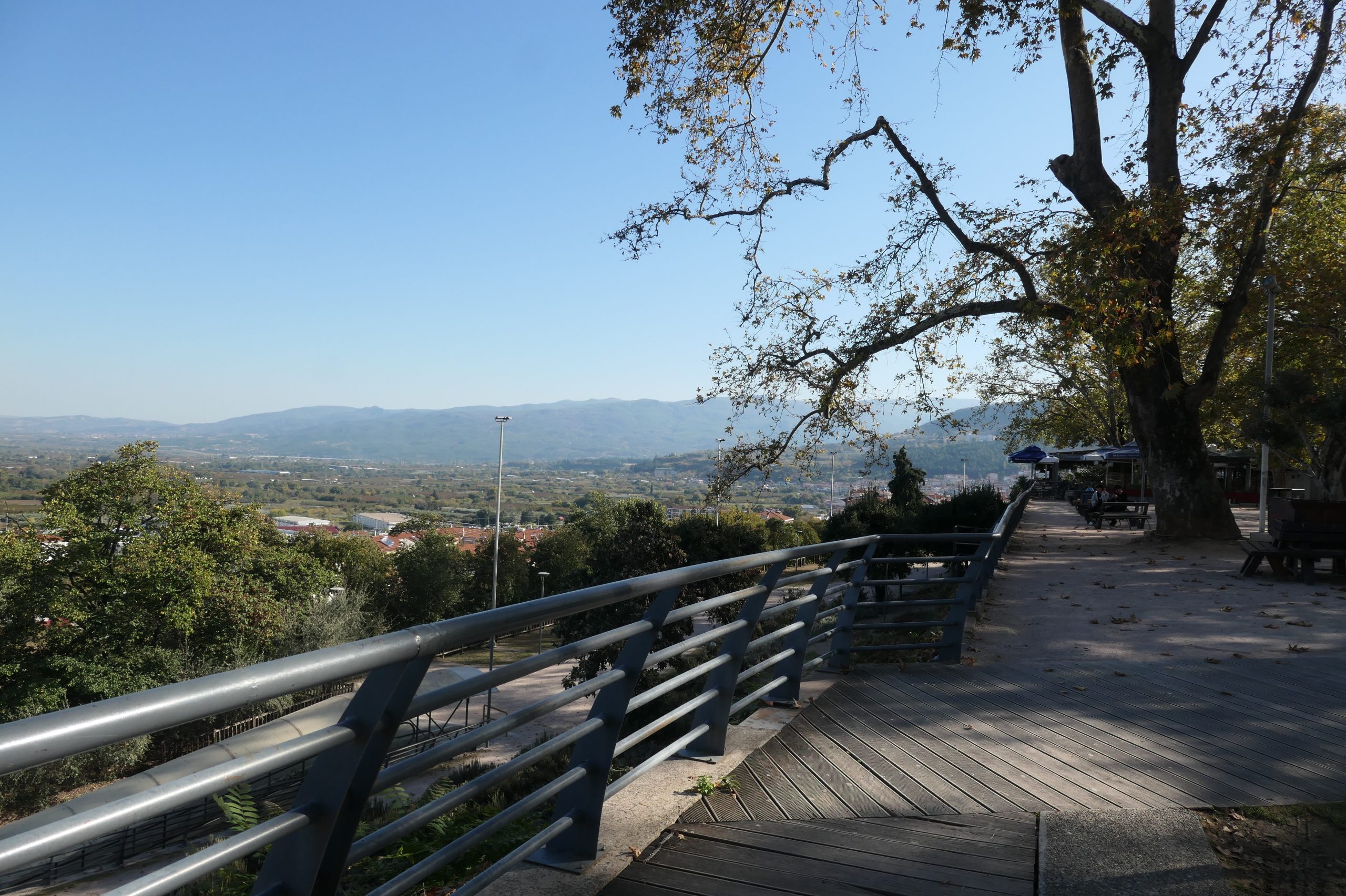
Returning to our apartment, via the narrow alleys of the old city, we passed many churches. Because of the many churches, the city is nicknamed “Little Jerusalem”. It once was a regional religious center of the Byzantine Empire. Today, in the city center, there are 48 Byzantine and post Byzantine churches out of the 72 that once existed here.
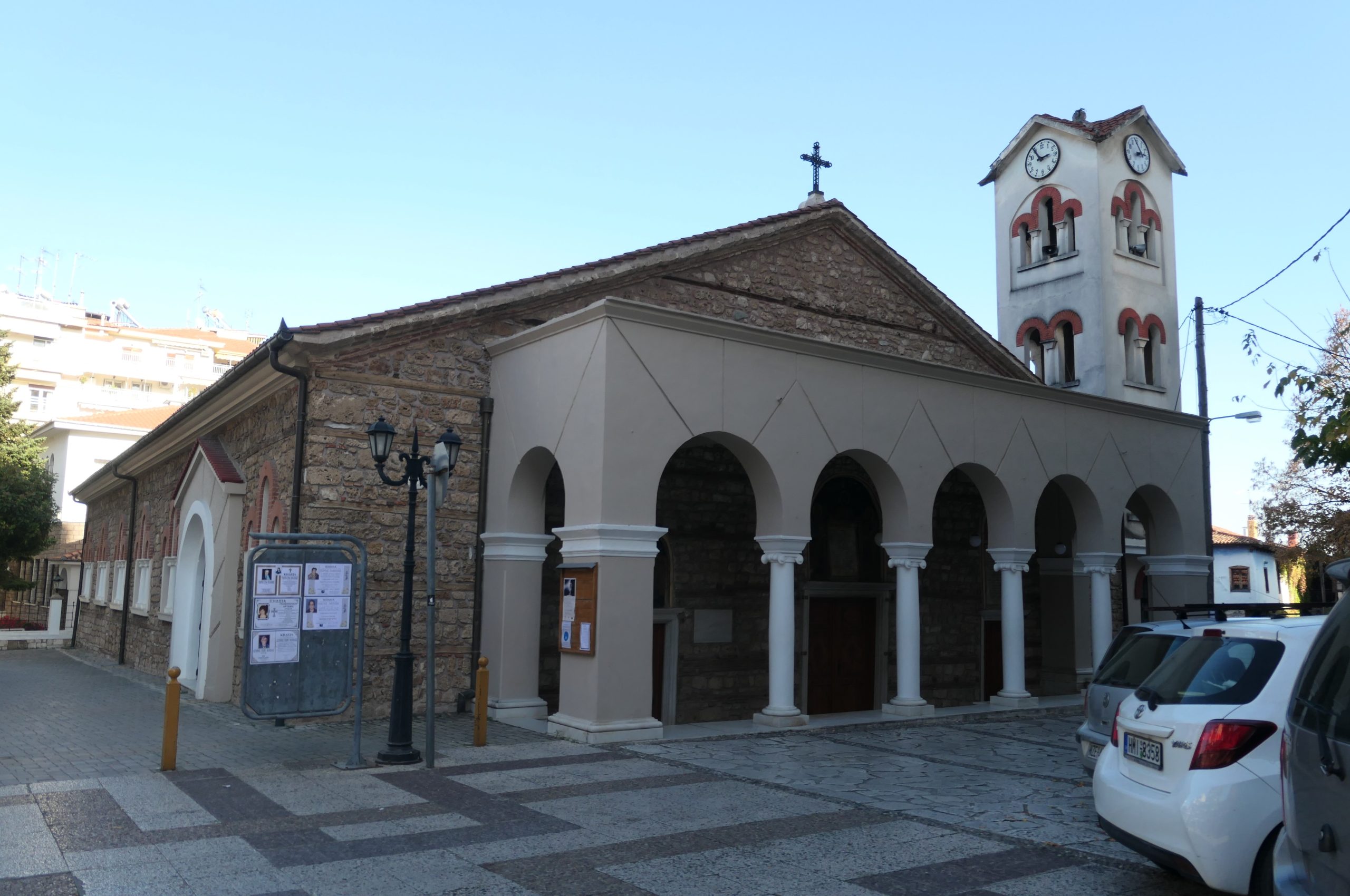
As we walked around the city, we came across another set of stones, placed in front of city hall. Turns out that city hall was the former Gymnasium, the Jewish high school. The five stones commemorate five students from the school that were killed.

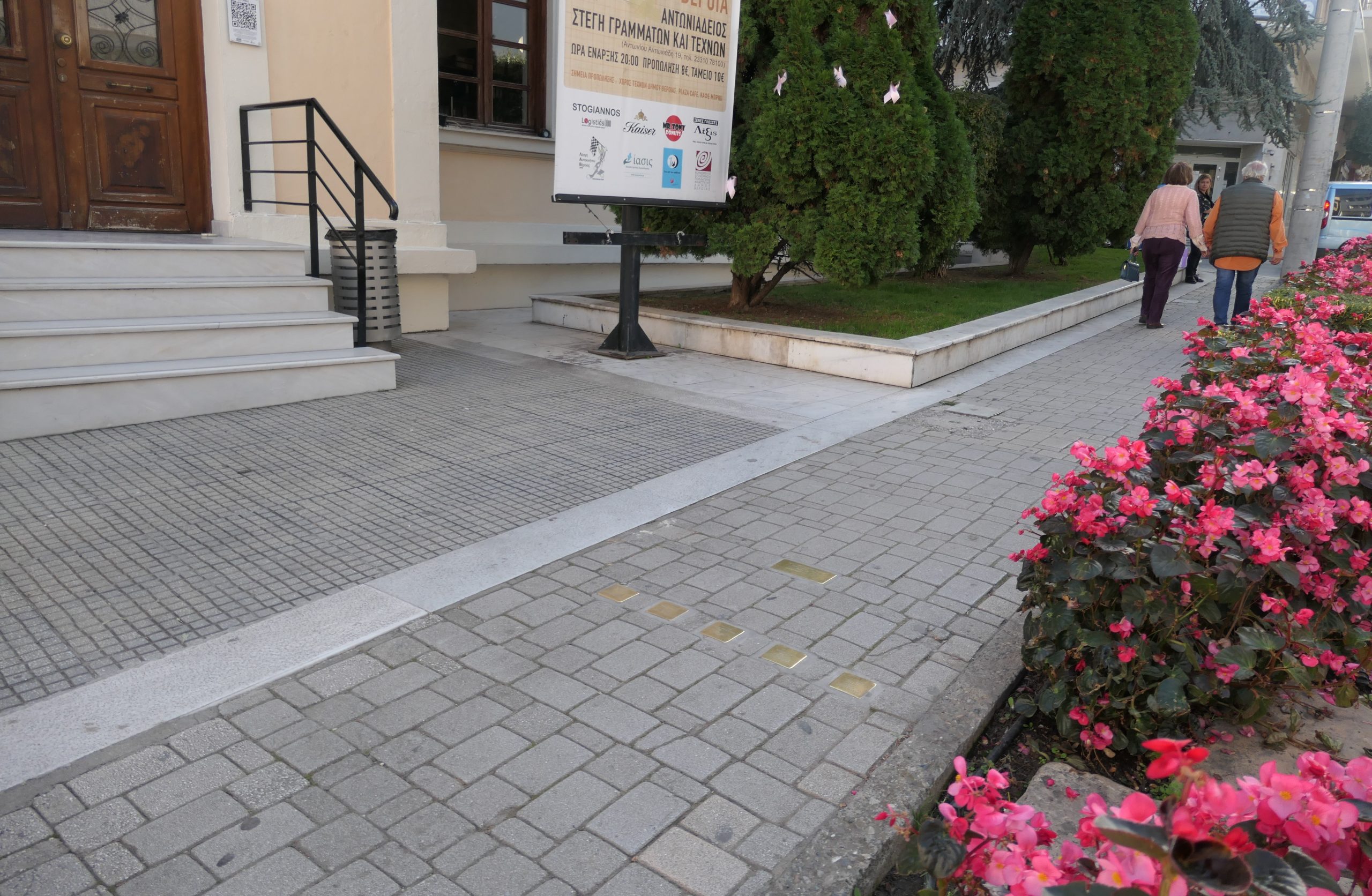
While walking past a bakery, I noticed that they were selling what looked exactly like Hallah bread – braided loaves. In Greece, this is known as Greek Easter bread (tsoureki) and is traditionally served on Easter. The three braids symbolize the Holy Trinity. Today it is popular throughout the year. It is a sweet bread and spiced with two spices I have never heard of – mastic and mahlab.
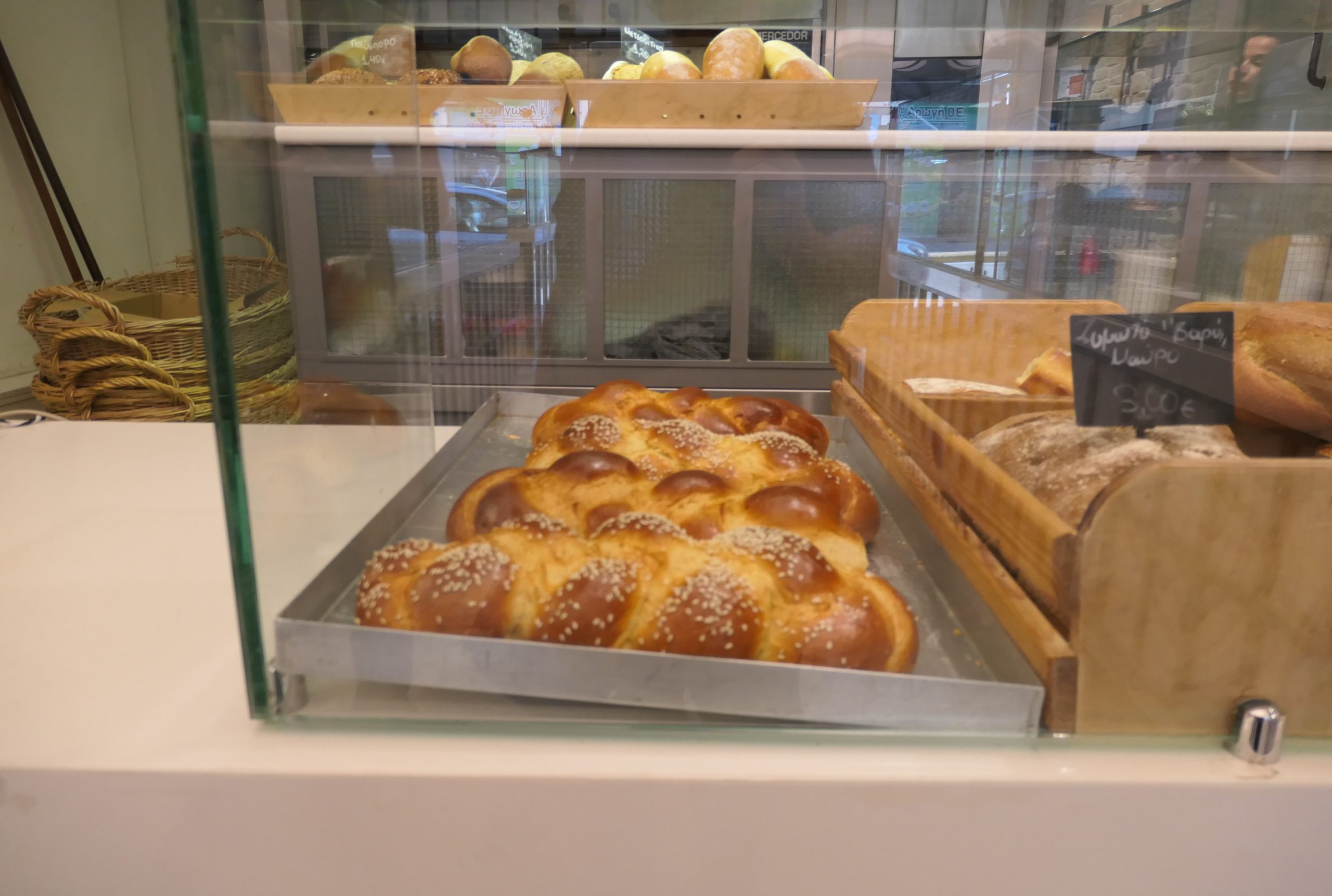
I thought it a bit remarkable that the Greeks eat the bread that looks exactly like Jewish bread specifically on Easter, which coincides with Passover, when the Jews do not eat any bread.
With that to ponder, we headed home. Not such a restful day after all.
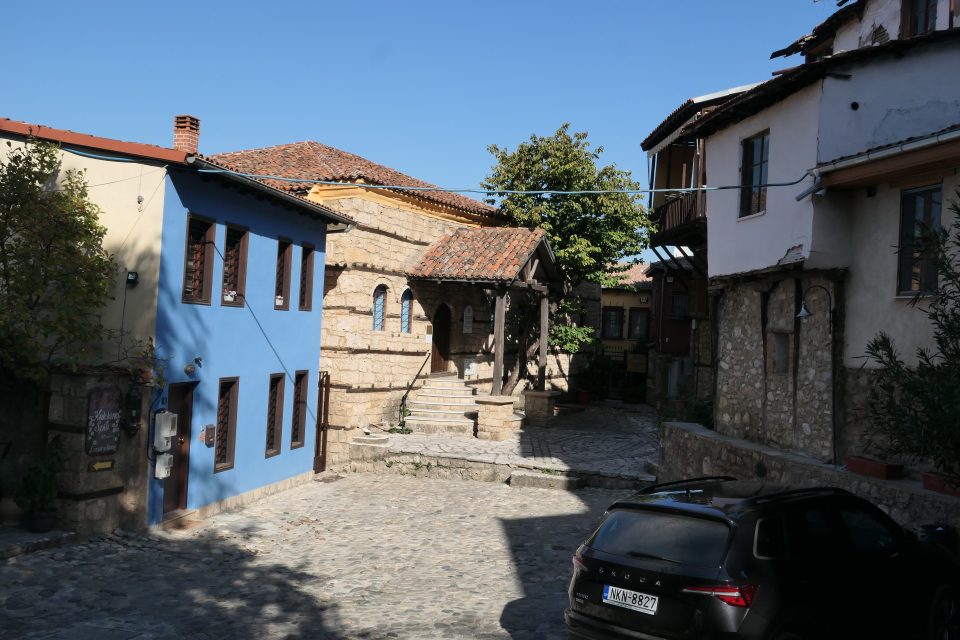
Great blog!